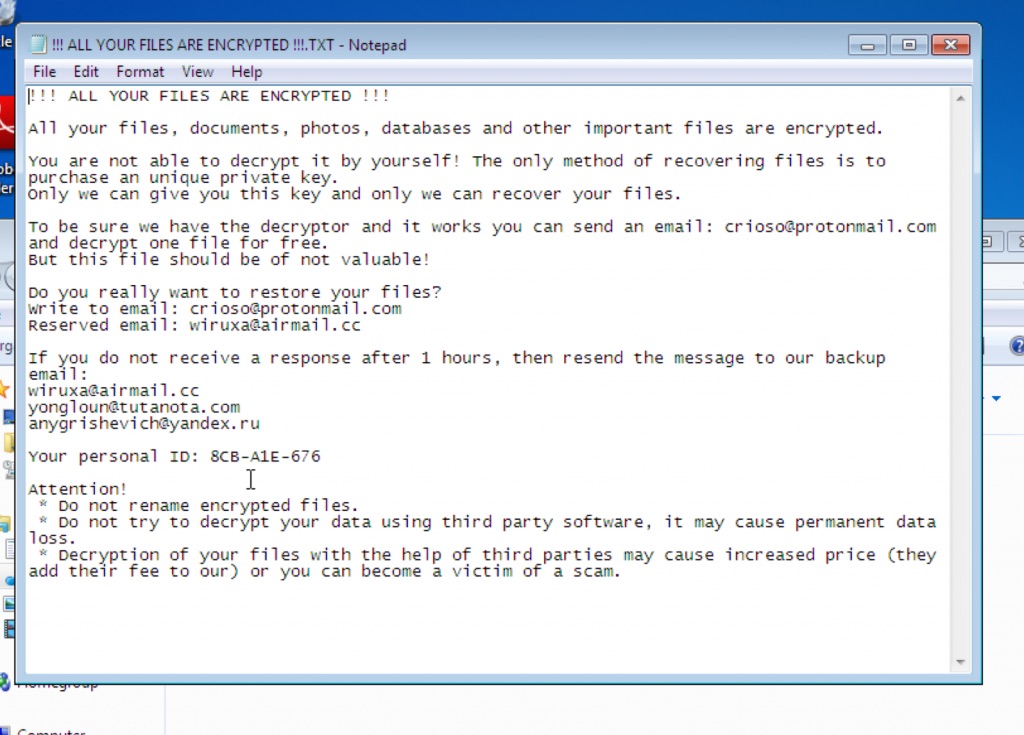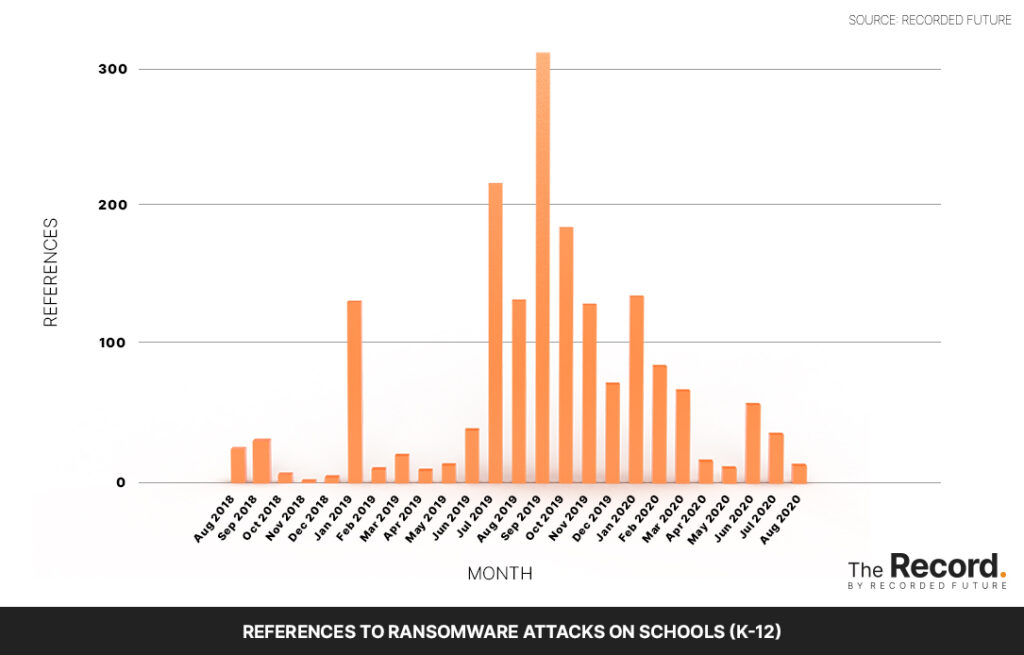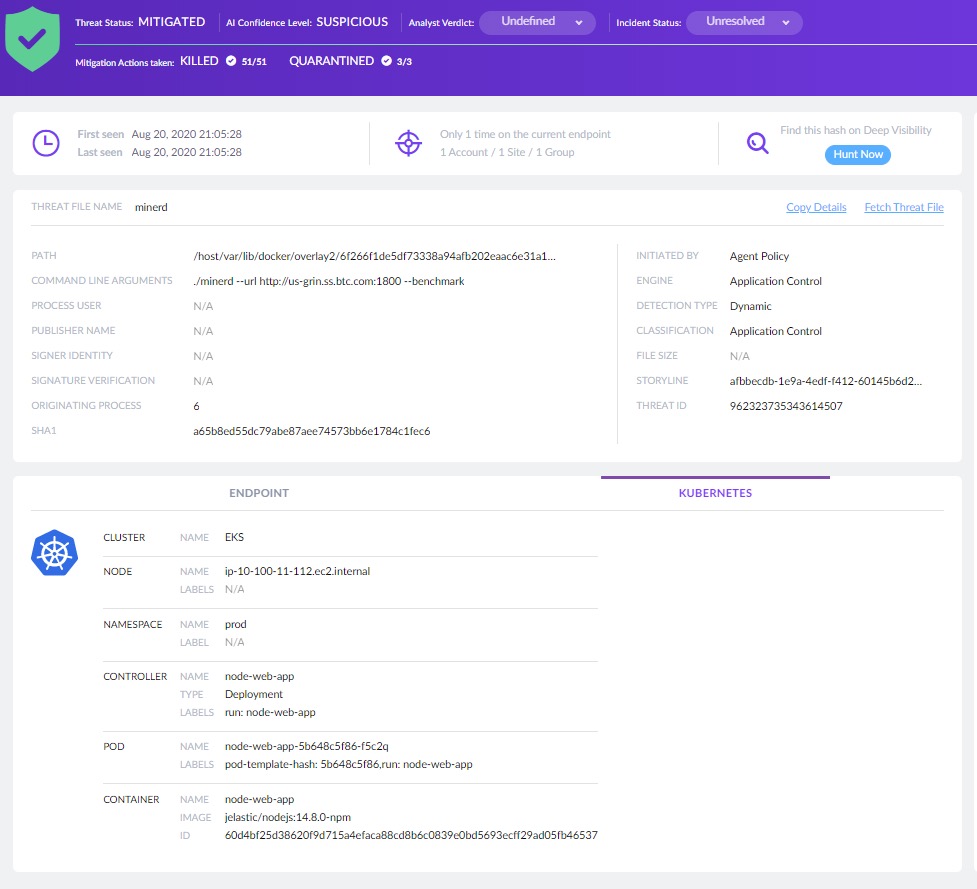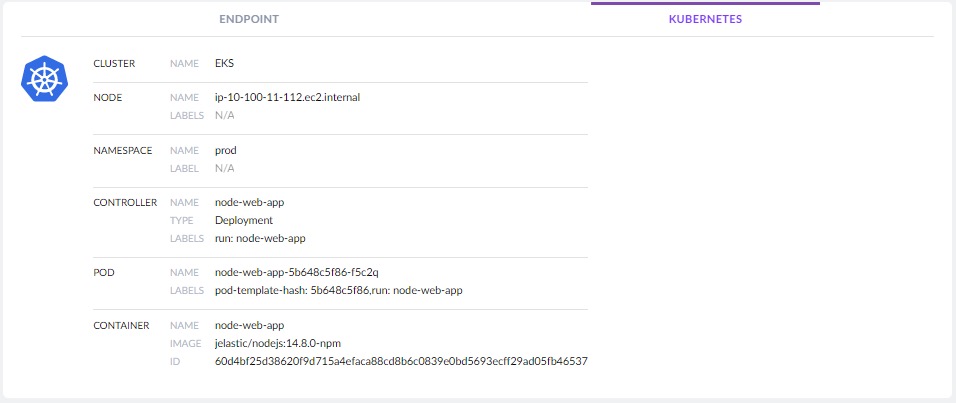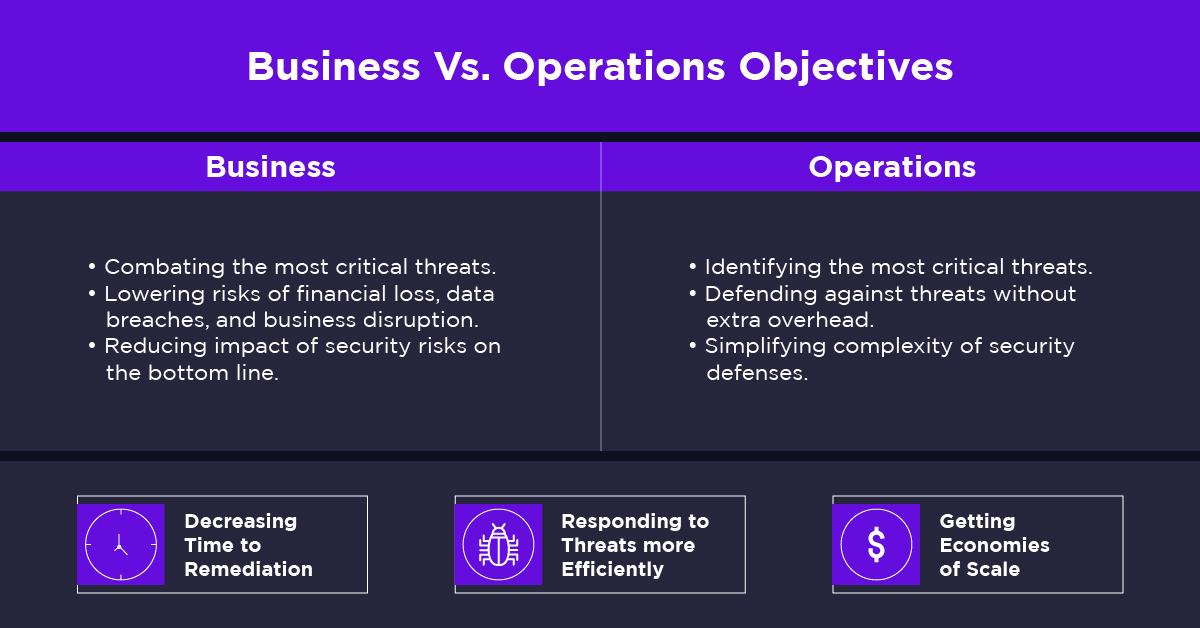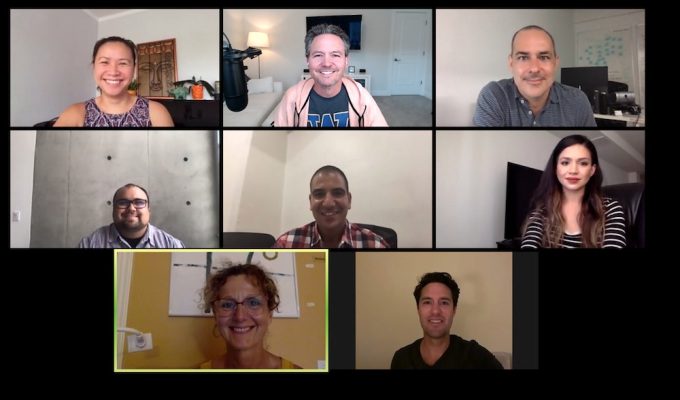Due Diligence That Money Can’t Buy
Most of us automatically put our guard up when someone we don’t know promises something too good to be true. But when the too-good-to-be-true thing starts as our idea, sometimes that instinct fails to kick in. Here’s the story of how companies searching for investors to believe in their ideas can run into trouble.

Nick is an investment banker who runs a firm that helps raise capital for its clients (Nick is not his real name, and like other investment brokers interviewed in this story spoke with KrebsOnSecurity on condition of anonymity). Nick’s company works primarily in the mergers and acquisitions space, and his job involves advising clients about which companies and investors might be a good bet.
In one recent engagement, a client of Nick’s said they’d reached out to an investor from Switzerland — The Private Office of John Bernard — whose name was included on a list of angel investors focused on technology startups.
“We ran into a group that one of my junior guys found on a list of data providers that compiled information on investors,” Nick explained. “I told them what we do and said we were working with a couple of companies that were interested in financing, and asked them to send some materials over. The guy had a British accent, claimed to have made his money in tech and in the dot-com boom, and said he’d sold a company to Geocities that was then bought by Yahoo.”
But Nick wasn’t convinced Mr. Bernard’s company was for real. Nick and his colleagues couldn’t locate the company Mr. Bernard claimed to have sold, and while Bernard said he was based in Switzerland, virtually all of his staff were all listed on LinkedIn as residing in Ukraine.
Nick told his clients about his reservations, but each nevertheless was excited that someone was finally interested enough to invest in their ideas.
“The CEO of the client firm said, ‘This is great, someone is willing to believe in our company’,” Nick said. “After one phone call, he made an offer to invest tens of millions of dollars. I advised them not to pursue it, and one of the clients agreed. The other was very gung ho.”
When companies wish to link up with investors, what follows involves a process known as “due diligence” wherein each side takes time to research the other’s finances, management, and any lurking legal liabilities or risks associated with the transaction. Typically, each party will cover their own due diligence costs, but sometimes the investor or the company that stands to benefit from the transaction will cover the associated fees for both parties.
Nick said he wasn’t surprised when Mr. Bernard’s office insisted that its due diligence fees of tens of thousands of dollars be paid up front by his client. And he noticed the website for the due diligence firm that Mr. Bernard suggested using — insideknowledge.ch — also was filled with generalities and stock photos, just like John Bernard’s private office website.
“He said we used to use big accounting firms for this but found them to be ineffective,” Nick said. “The company they wanted us to use looked like a real accounting firm, but we couldn’t find any evidence that they were real. Also, we asked to see an investment portfolio. He said he’s invested in over 30 companies, so I would expect to see a document that says, “here’s the various companies we’ve invested in.” But instead, we got two recommendation letters on letterhead saying how great these investors were.”
KrebsOnSecurity located two other investment bankers who had similar experiences with Mr. Bernard’s office.
“A number of us have been comparing notes on this guy, and he never actually delivers,” said one investment banker who asked not to be named because he did not have permission from his clients. “In each case, he agreed to invest millions with no push back, the documentation submitted from their end was shabby and unprofessional, and they seem focused on companies that will write a check for due diligence fees. After their fees are paid, the experience has been an ever increasing and inventive number of reasons why the deal can’t close, including health problems and all sorts of excuses.”
Mr. Bernard’s investment firm did not respond to multiple requests for comment. The one technology company this author could tie to Mr. Bernard was secureswissdata.com, a Swiss concern that provides encrypted email and data services. The domain was registered in 2015 by Inside Knowledge. In February 2020, Secure Swiss Data was purchased in an “undisclosed multimillion buyout” by SafeSwiss Secure Communication AG.
SafeSwiss co-CEO and Secure Swiss Data founder David Bruno said he couldn’t imagine that Mr. Bernard would be involved in anything improper.
“I can confirm that I know John Bernard and have always found him very honourable and straight forward in my dealings with him as an investor,” Bruno said. “To be honest with you, I struggle to believe that he would, or would even need to be, involved in the activity you mentioned, and quite frankly I’ve never heard about those things.”
DUE DILIGENCE
John Bernard is named in historic WHOIS domain name registration records from 2015 as the owner of the due diligence firm insideknowledge.ch. Another “capital investment” company tied to John Bernard’s Swiss address is liftinvest.ch, which was registered in November 2017.
Curiously, in May 2018, its WHOIS ownership records switched to a new name with the same initials: one “Jonathan Bibi,” with an address in the offshore company haven of Seychelles. Likewise, Mr. Bibi was listed as a onetime owner of the domain for Mr. Bernard’s company —the-private-office.ch — as well as johnbernard.ch.
Running a reverse WHOIS search through domaintools.com [an advertiser on this site] reveals several other interesting domains historically tied to a Jonathan Bibi from the Seychelles. Among those is acheterdubitcoin.org, a business that was blacklisted by French regulators in 2018 for promoting cryptocurrency scams.
Another Seychelles concern tied to Mr. Bibi was effectivebets.com, which in 2017 and 2018 promoted sports betting via cryptocurrencies and offered tips on picking winners.
A Google search on Jonathan Bibi from Seychelles reveals he was listed as a respondent in a lawsuit filed in 2018 by the State of Missouri, which named him as a participant in an unlicensed “binary options” investment scheme that bilked investors out of their money.
Jonathan Bibi from Seychelles also was named as the director of another binary options scheme called the GoldmanOptions scam that was ultimately shut down by regulators in the Czech Republic.
Jason Kane is an attorney with Peiffer Wolf, a litigation firm that focuses on investment fraud. Kane said companies bilked by small-time investment schemes rarely pursue legal action, mainly because the legal fees involved can quickly surpass the losses. What’s more, most victims will likely be too ashamed to come forward.
“These are cases where you might win but you’ll never collect any money,” Kane said. “This seems like an investment twist on those fairly simple scams we all can’t believe people fall for, but as scams go this one is pretty good. Do this a few times a year and you can make a decent living and no one is really going to come after you.”



